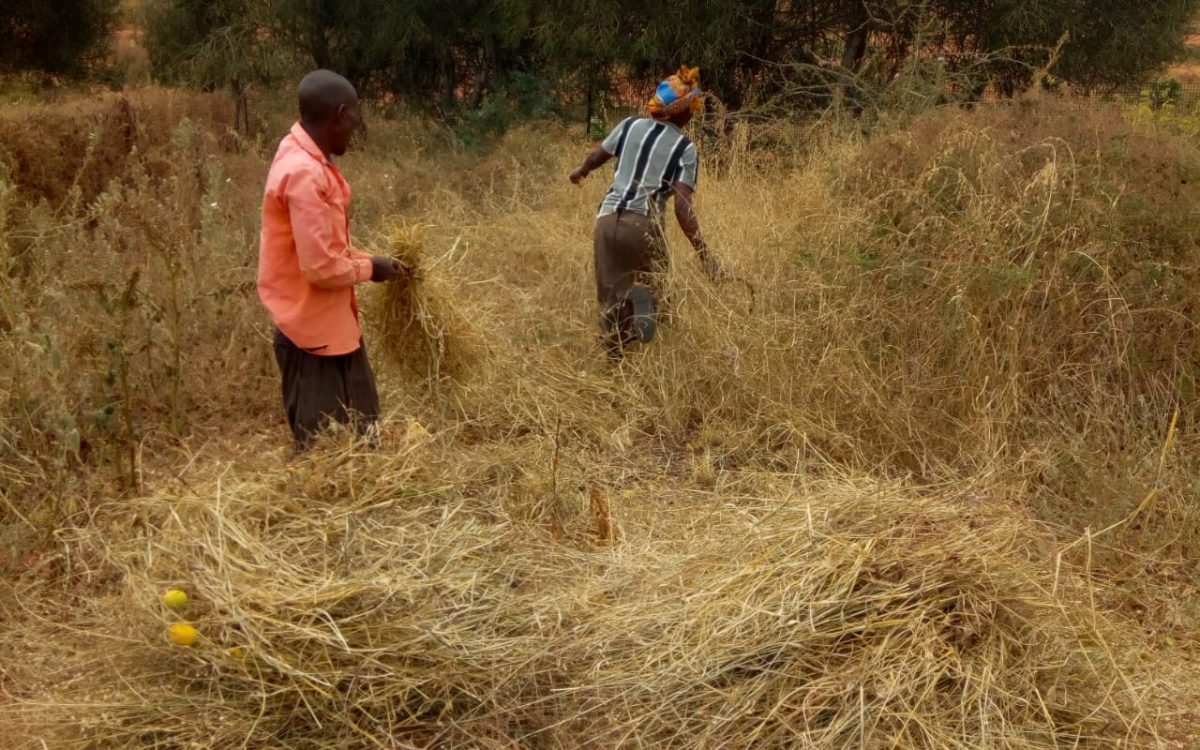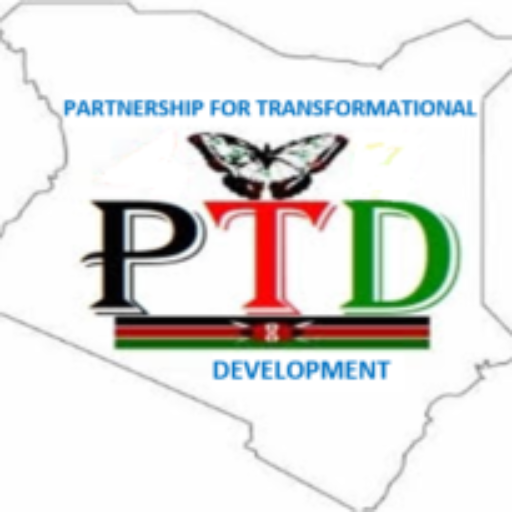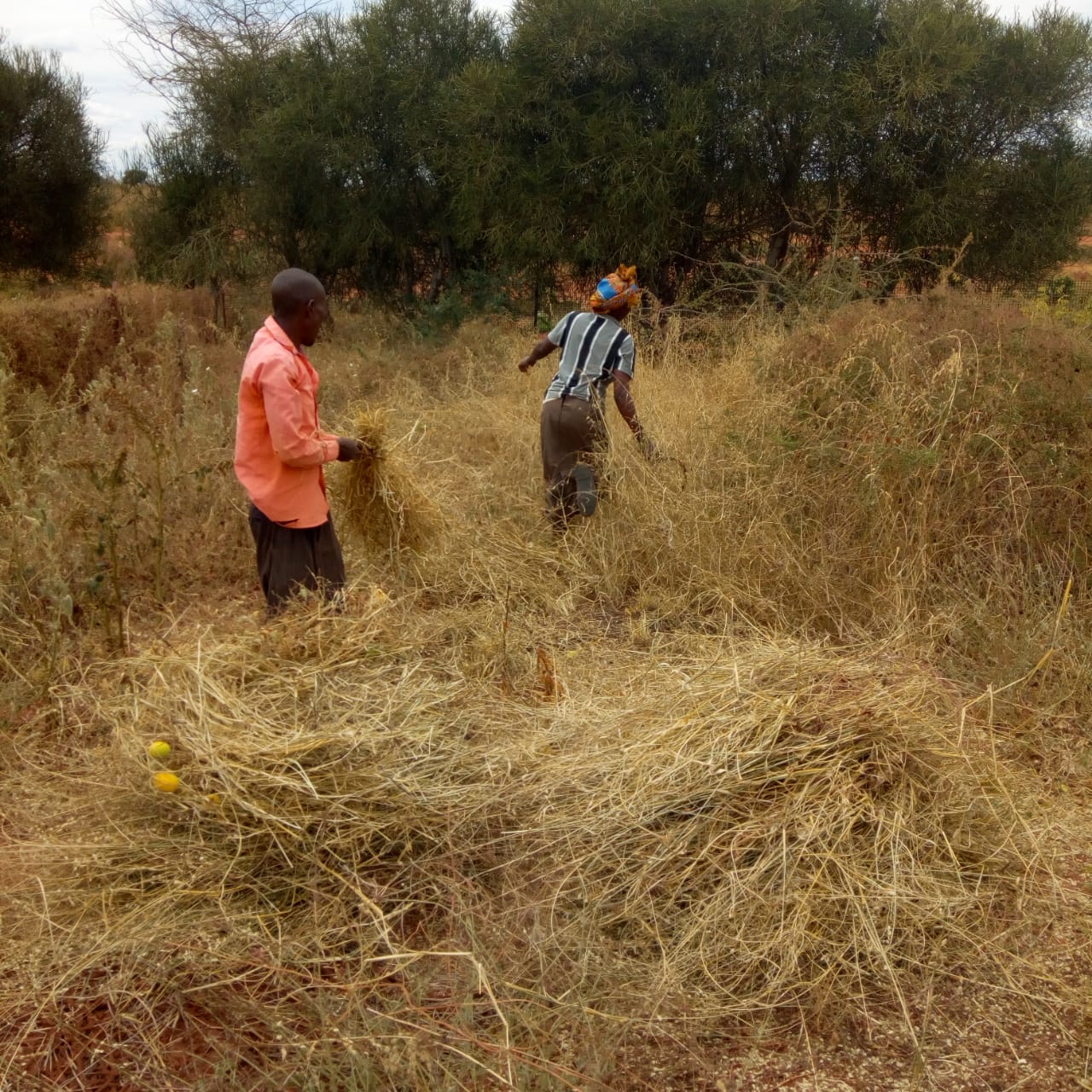The ASAL region of Kenya has endured three severe droughts in the last decade (2010-2011, 2016-2017 and 2020-2022). The current drought (2020 – 2022) has been the most severe and longest with widespread livelihood loses and massive displacement of populations. Currently, more than 4.2 million people representing 24% of the ASAL population are facing high levels of acute food insecurity with about 2.7 million people in the Crisis phase and 785,000 people the Emergency state. This is a 10% increase from the same period in 2021 where 2.1 million people were categorized in as in emergency and crisis state.
The latest IPC report (July to September 2022) on the drought situation in Kenya indicates that; in the ten ASAL counties, where AHN members work, more than 40% of the population is facing high levels of food insecurity compared to 24% in all ASAL counties of Kenya and this figure is projected to increase to 47.5% in the period October to December 2022 and will continue to worsen over time.
The increasing intensity and the shorter cycles between droughts is amplifying the vulnerability of the communities and their ability to cope. Due to the prolonged drought, farmers have been unable to get any substantive crop production for five consecutive seasons and pastoralist communities have lost their livestock. More than 2.4 million livestock, which pastoralist families rely upon for nourishment and livelihood, have died in Kenya. For example, in Marsabit County, the communities have lost more than 121,000 sheep and goats, 35,000 camels and 38,000 cattle in the last few months.

The underperformance of the long rains means that pasture and browse conditions are below average for this time of year and with forecasts of yet another below-average short rains,.Tthe situation in the ASALs will only continue to deteriorate. These circumstances negatively affect the quality and general condition of the livestock which is worsening due to increased distances to water and pasture. Tensions and conflict over limited access to resources are increasing as pastoralist communities are moving in search of water and pasture, both within the traditionally negotiated areas or outside of these locations.
Climate change, political and economic instability, the effects of the COVID-19 pandemic plus the damage caused by the desert locust infestation have intensified and blatantly exposed, the vulnerability of the ASAL populations. Approximately 885,500 children and 986,000 pregnant and lactating mothers are acutely malnourished. This state of malnutrition among these vulnerable populations has compromised their immunity and increased their risk of exposure to disease. Desperate and unhealthy coping mechanisms have been adopted by most families to deal with the atrocities of the drought. The drought has further heightened the risk of gender-based violence and sexual exploitation and abuse hampering children’s access to education. More than 54,500 children in 17 drought affected counties are at risk of dropping out of school unless urgent measures are taken to provide them with sufficient food and water.
In partnership with local and international actors, the AHN has been actively implementing initiatives to cushion the most vulnerable community members against the drought. Multipurpose cash transfers (MPCT) is one strategy that AHN members implement. To fight food insecurity and save livelihoods, the most vulnerable communities receive cash transfers. Since August 2021, AHN members reached about 26,400 households with cash transfers. The transfers reach households fast and allow them the autonomy to make their own decisions on how to use the money.
Additionally, to address the water, sanitation and hygiene situation, AHN together with have local and international partners are safeguarding access to clean and safe water; proper sanitation and effective hygiene for the local communities. This includes the rehabilitation and solarization of boreholes, provision of essential hygiene items and dignity kits for healthy menstrual management among women and girls.
To address the increased risks of sexual and gender-based violence as a result of the drought, and under the leadership of women rights organizations within the AHN, those at risk of gender-based violence are provided with legal and medical referrals and receive psychosocial support. Additionally, AHN is raising awareness of these risks through radio shows and working closely with communities.
These efforts, however noble are just a drop in the ocean and more resources and support are required to save the lives and the livelihoods of the communities most affected by the atrocities of the drought.
Therefore, We the members of the ASAL Humanitarian Network:
-
Call for support and acknowledgement of locally led responses that are timely, and that sustain and reinforce existing community efforts and experience that capitalizes on community-led early warning systems and preparedness
-
Call upon the national and county governments to release available funding to scale up the response with both a topup to most vulnerable households to minimum household needs as well as widening the safety net program to include a larger population and to create social accountability mechanisms that will involve community humanitarian partners and stakeholders in planning, monitoring and implementation of the action.
-
Urge the Government of Kenya and the wider humanitarian community to scale up the response beyond December 2022, in light of the anticipated below-average performance of short rains from October to December.
-
Appeal for special focus on the needs of women and young girls who are disproportionately affected by the adverse effects of the drought and put at greater risk, for example risk of sexual and gender-based violence and early marriage.
-
Urge the national and county governments to include in their strategic plans adaptation measures that promote drought preparedness and promote alternative climate-resilient livelihood options
-
Interrogate existing opportunities for the development of more responsive Disaster Management Policies and Legislation that look into the socio-economic impact of the drought and its effect on women, youth, household incomes, pastoralists and persons living with disabilities.


